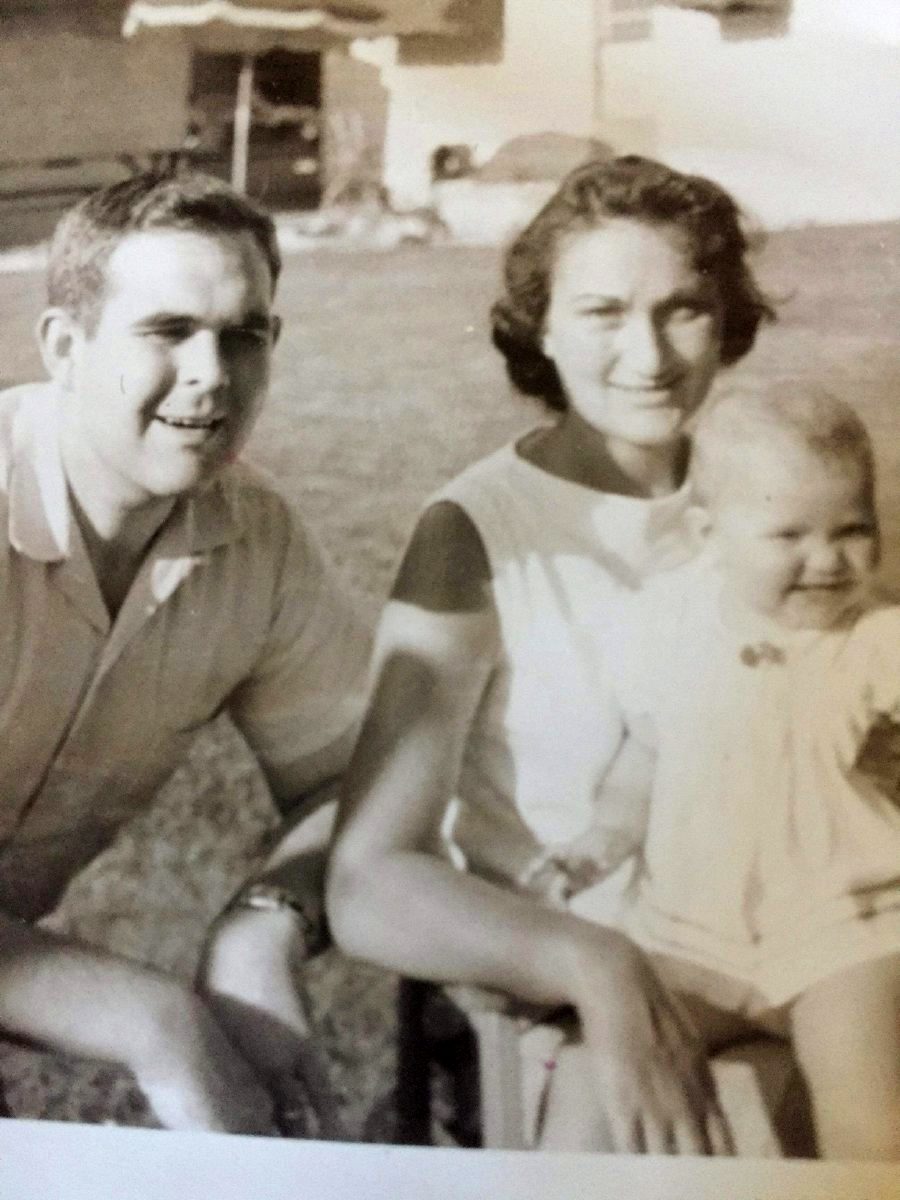
By Kim Dringenburg
My father had called me on Sunday evening, Feb. 27, 2005.
Earlier that day, my mother had tried to push in her chair at the kitchen table. She had fallen to the floor.
Because my mother also had osteoporosis, Dad wasn’t sure if her hip had collapsed on her or if she just fell. At any rate, Mom had a broken hip. Dad called an ambulance, and Mom was taken to the hospital about 15 minutes away.
My husband, Dean, took our daughter, Karen, who was 8 years old at the time, to his parents, and then we immediately drove up to the hospital in Indianapolis.
When we arrived, I noticed two things. Inflatable boots had been put on my mother’s legs in order to prevent a blood clot or stroke. Mom was hooked up to an IV that she was supposed to press for pain relief. I told my father that Mom was not capable of pushing the button to get the relief. We told the nurse. My mother was scheduled to have hip surgery at 8 a.m. Monday morning.
We left the hospital. I went with my father to Kroger. He was in a hurry to pick up his blood pressure medication. This was a new prescription for my father.
So 18 months after my mother’s diagnosis, my father is on blood pressure medication. It doesn’t take long for the individual who is the caregiver to experience a toll on his or her health, too.
I had to literally run to keep up with my father because he was moving at a fast pace. It dawned on me that this was my father’s pace any time he left the house.
A neighbor graciously volunteered to stay with my mother so that my father could go to the grocery store, get his haircut or go to church. Any other time, he was there — homebound — with my mother.
The next morning, Dean and I went to the hospital to see my mother before her hip surgery. Imagine my surprise when I entered my mother’s hospital room and her bed was empty. I walked out to the nurses’ station to ask where my mother was. A nurse told me that she had been taken down to surgery.
At 7:30 a.m. Tuesday morning, I arrived at the hospital just as two physical therapists were trying to get my mother out of bed to make her stand and walk the day after new hardware had been surgically implanted into her hip.
The physical therapists had noticed that my mother had a bedsore. Shortly after this, two nurses attended to her wound. Later that day, the doctor who checked patients on that floor came by to check my mother’s vital signs.
Outside my mother’s room, the doctor told me with a stern look on his face that after an accident like what my mother had experienced, underlying dementia surfaces.
Fifty to 80% of those diagnosed with Parkinson’s disease eventually start showing signs of dementia.
On Wednesday, my mother was transported to a rehabilitation center so she could be trained to use a walker.
I was in her room when my mother stood face to face with me. She said nothing. I read her mind. She wanted me to take her home. I regrettably told her I couldn’t take her home because she was at risk of breaking her other hip.
The library where I worked was under a massive reconstruction project. I had told my supervisor and administration about my mother’s broken hip. I indicated I might have to take some time off to help care for my mother. Administrators were gracious to allow me time off to check on my mother.
At the rehabilitation center, I watched my mother do everything the occupational and physical therapists wanted her to do with the exception of one thing — move her weight forward to use the walker to assist herself in walking.
People who have Parkinson’s disease tend to lean backward, not forward. I also watched my mother participate in a sitting group exercise. The instructor had said something about doing 10 more reps. My mother shouted out, “Let’s try five!”
My mother ended up being in the rehabilitation center from March through the end of July. Early on, the medical personnel who had been working with my mother wanted family members to meet with them to discuss my mother’s prognosis.
Mom wasn’t eating the food and was losing weight. Normally, my mother was 5-foot-9 inches tall and would weigh 125 pounds. Her weight had dropped to 110 pounds.
Medical staff had suggested that my mother get a feeding tube. Swallowing is difficult for those with Parkinson’s disease, so the family agreed on the feeding tube. My mother also had a catheter. As Parkinson’s disease progresses, normally bodily functions stop working properly.
On another visit to my mother, Dad was trying to coax Mom into taking her oral medication. Like a child, I saw my mother take delight in throwing each pill to the opposite corners of the room. This exasperated my father to no end.
I started bringing roses — my mother’s birthday flower — when we visited her at the rehab center. One Saturday morning, I brought her yellow roses. I placed them on a shelf in front of my mother’s bed.
My mother had a mask-like appearance to her facial expression almost as if she saw a ghost and her face froze. This is another symptom of Parkinson’s disease. Mom did not seem to recognize anyone in the room nor did she see the flowers. She just stared straight forward.
Kim Dringenburg is a Seymour resident. This is the second of a three-part series in which she is sharing her mother’s journey through Parkinson’s disease after being diagnosed in 2003. April is Parkinson’s Awareness Month. Send comments to [email protected].
